Do Gardeners Bring Their Own Tools? Essential Facts You Need to Know
Curious about whether gardeners bring their own tools? You’re not alone! This is a common question for anyone looking to hire a gardener. Most gardeners do bring their own tools and supplies, which takes a load off your mind and saves you from investing in a whole set of gardening equipment.
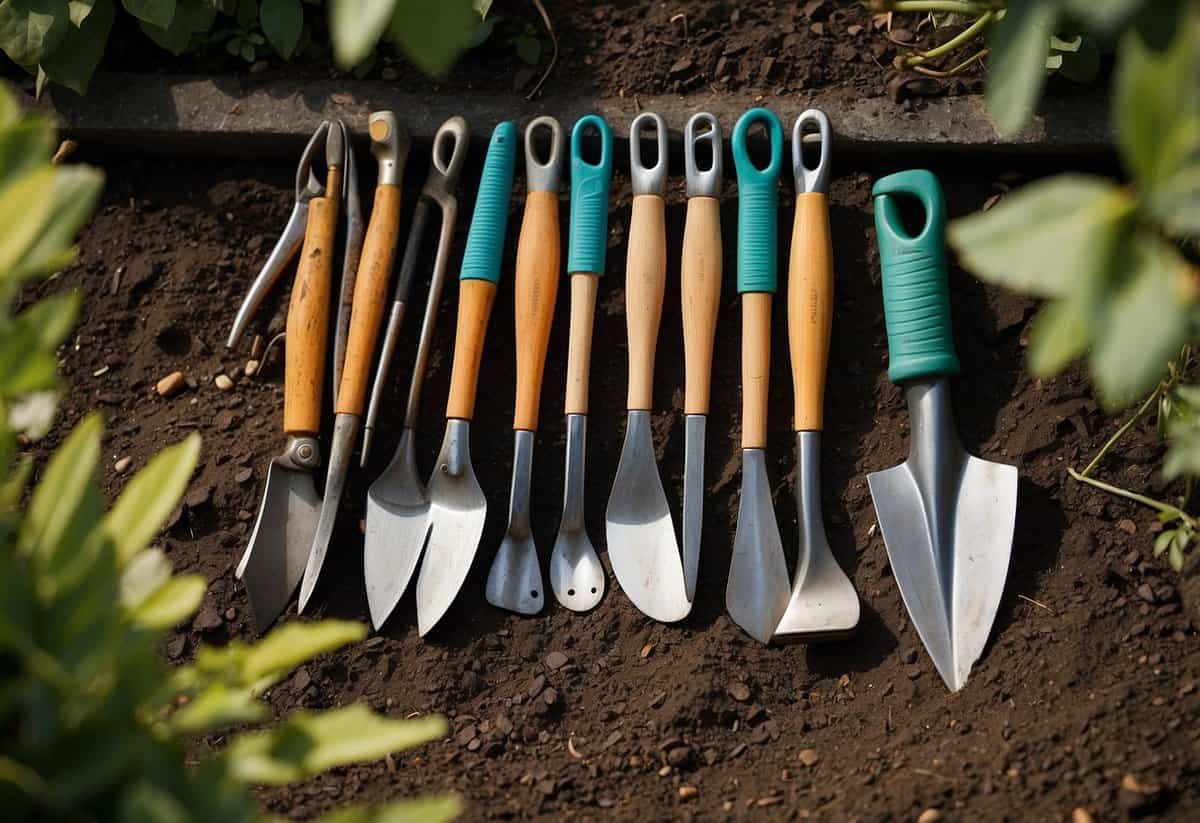
Imagine not having to worry about whether you have the right spade or trowel. When you hire a gardener, they typically come prepared with everything they need. This ensures that they can get right to work without any delays, and you get to enjoy a beautifully maintained garden without lifting a finger.
However, if you’re hiring a gardener long-term and you prefer they use your tools, there are different responsibilities involved. Knowing what to expect can help you make the best decision for your garden and enjoy the process without any surprises. Ready to dig in? Let’s explore further!
Understanding Gardeners’ Responsibilities
Gardeners play a crucial role in keeping gardens beautiful and healthy. They must be skilled in various maintenance tasks and understand the importance of tool ownership for efficient work.
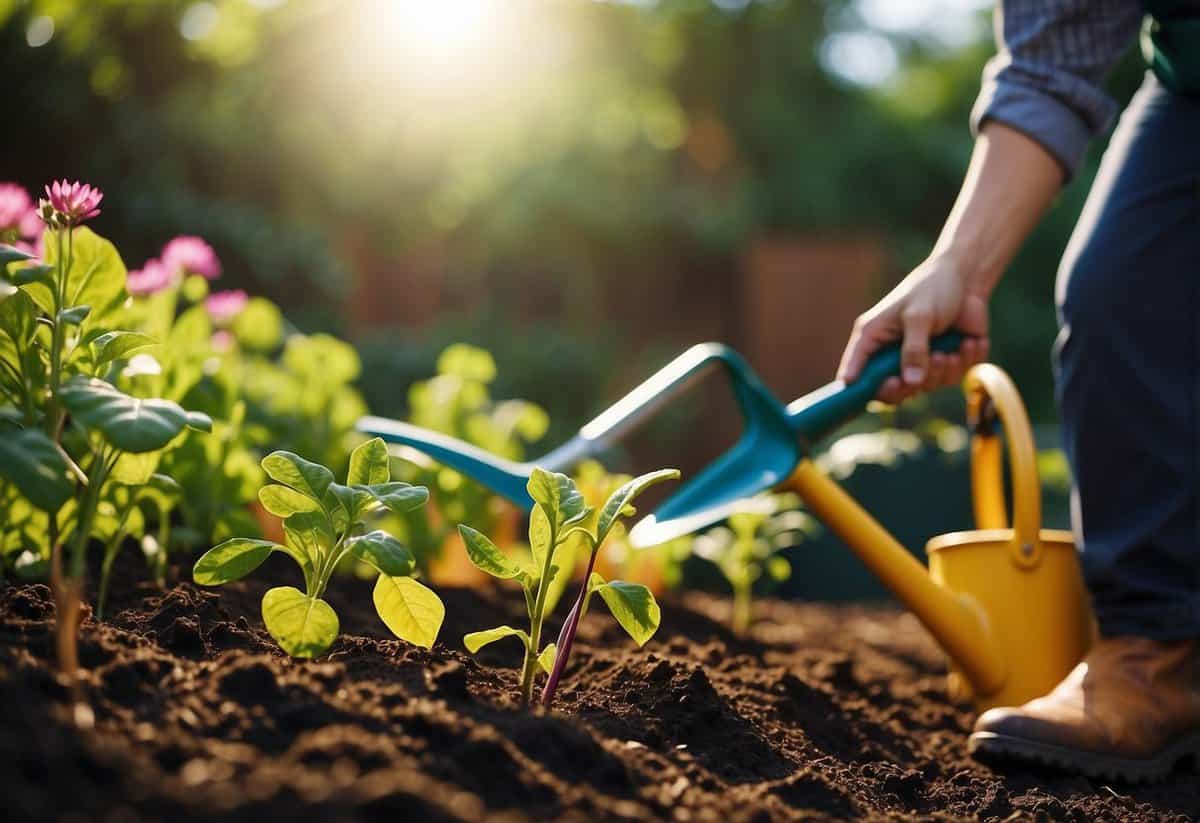
Gardener’s Role in Garden Maintenance
Gardeners are responsible for numerous tasks to ensure garden upkeep. Watering plants is a daily duty that requires knowledge of each plant’s specific needs. Regular watering helps plants thrive.
You will also see gardeners pruning shrubs and trees to encourage healthy growth and maintain shape. This task can involve removing dead or overgrown branches. Trimming plants with precision helps them grow stronger.
Weeding is another essential task. Weeds compete with plants for nutrients, so gardeners must frequently remove them. This task can be physically demanding but is vital for the garden’s health.
Gardeners also focus on planting new species. They choose the right plants for the soil and climate conditions. Understanding plant species and how they grow ensures a vibrant garden.
Tool Ownership and Responsibilities
Gardeners often bring their tools, such as shovels, rakes, and pruners, to efficiently perform their tasks. Bringing their own tools helps ensure they have the right equipment for each job.
Using personal equipment means gardeners must maintain their tools. Regular maintenance, like cleaning and sharpening, keeps tools in good working condition. It ensures tasks are completed effectively.
In some cases, gardeners might use tools provided by the employer. This situation can change the relationship between the gardener and the employer, affecting responsibilities and expectations. Employers providing tools should make sure they are properly maintained.
Whether using their own tools or not, gardeners must be adept at handling various gardening equipment. Knowledge of different tools and their uses is essential for carrying out their responsibilities efficiently. Proper tool usage also helps prevent injuries and ensures the garden stays in top shape.
Essential Garden Tools for Quality Work

To achieve successful gardening, you need reliable and effective tools. Essential gardening tools range from small hand tools to larger equipment, each designed for specific tasks and ensuring your garden thrives.
Commonly Used Hand Tools
Hand tools are crucial for many gardening activities. A hand trowel is perfect for digging small holes for planting seeds or bulbs. Pruning shears help you trim plants and encourage healthy growth. You’ll need a spade for digging and moving soil. A garden fork can break up and aerate soil, making it easier to handle. Lastly, a garden rake clears leaves and smooths out soil.
Investing in high-quality tools ensures they last longer and work better. Choose tools with comfortable handles and sharp blades to make gardening tasks easier and more enjoyable.
Larger Equipment for Intensive Tasks
For larger gardening tasks, you’ll need more substantial equipment. A wheelbarrow is invaluable for moving heavy loads like soil, compost, or plants. Loppers are essential for cutting through thick branches that pruning shears can’t handle. A long-handled hoe helps with weeding and breaking up soil in larger areas.
These tools make hard work easier and more efficient. When choosing them, look for durability. Tools made from stainless steel or high-quality aluminum are less likely to rust or break, giving you more years of reliable service.
Choosing Durable and Ergonomic Tools
Durability and comfort are key when selecting gardening tools. Tools with ergonomic design reduce strain on your hands and back, allowing you to work for longer periods without discomfort. Look for tools with soft, non-slip handles and consider the weight and balance of each tool.
Quality materials are also important. Stainless steel tools resist rust and provide strength. Aluminum tools are lightweight yet strong. Investing in well-made tools means fewer replacements and repairs, ultimately saving you time and money.
Choosing the right tools makes gardening more enjoyable and helps you achieve better results in your garden.
The Gardener’s Approach to Plant Care
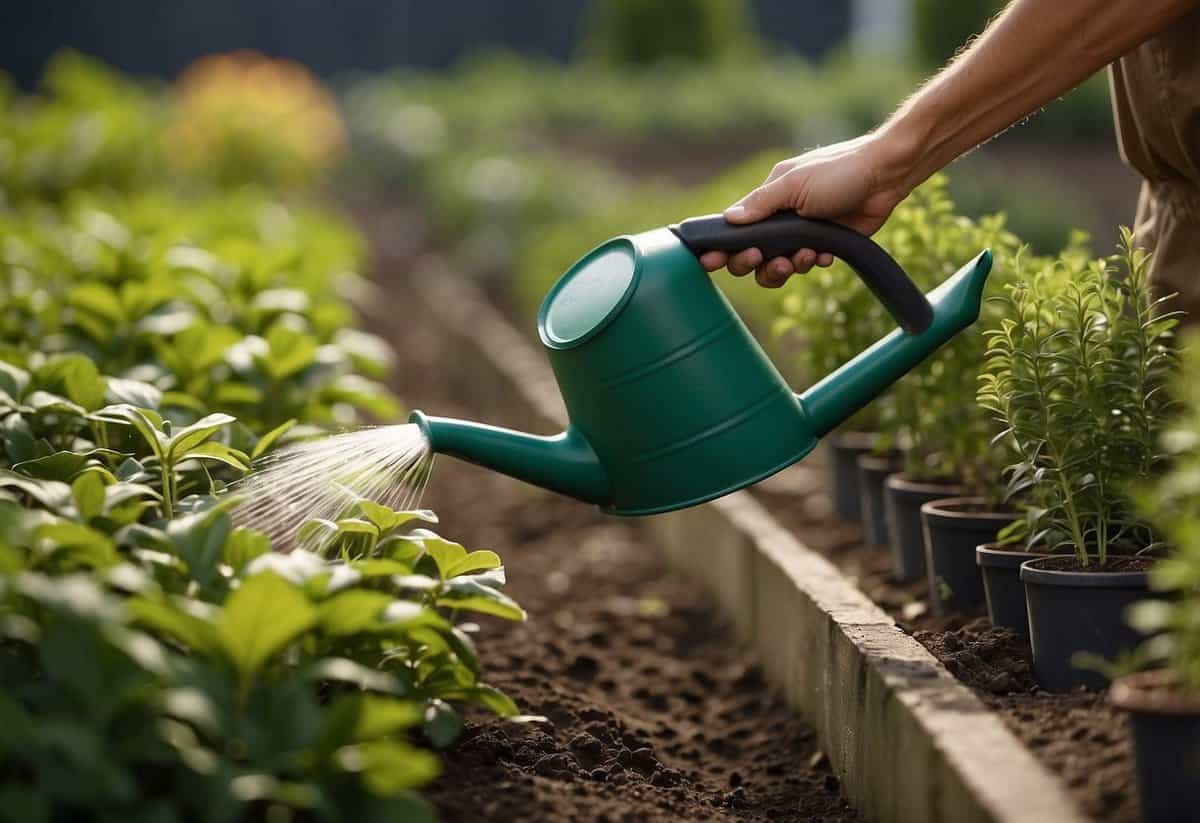
Taking care of your plants involves several essential activities. From watering to soil preparation to pruning, each task plays a vital role in maintaining a healthy and beautiful garden.
Watering Techniques and Tools
Watering is crucial for plant health. Using the right tools can make this task easier. A watering can is perfect for small gardens or potted plants. For larger areas, a garden hose or a drip irrigation system might be more efficient.
Timing your watering is also important. Early mornings or late evenings help reduce water evaporation. Make sure to water at the base of plants to prevent fungal diseases.
Different plants have different watering needs. For instance, succulents need less water than vegetables.
Soil Preparation and Composting Basics
Healthy soil is the foundation of a thriving garden. Before planting, prepare the soil by removing weeds and debris. Using a garden fork or a spade makes this easier.
Adding compost improves soil fertility. Composting kitchen scraps and yard waste creates a rich soil amendment. Turn the compost pile regularly to speed up decomposition.
Mulching helps retain soil moisture and suppress weeds. Spread a layer around plants but keep it away from stems to prevent rot.
Pruning and Trimming Essentials
Pruning keeps plants healthy and encourages growth. Use pruning shears for small branches and loppers for thicker ones. Trimming helps shape the plants and remove dead or diseased branches.
Timing is key. Prune flowering shrubs after they bloom and fruit trees in late winter. Regularly check for dead or damaged branches and remove them promptly.
Proper pruning techniques can prevent diseases and promote healthier plants. Always sterilize your tools before and after use to avoid spreading infections.
By focusing on these core aspects of plant care, you ensure a vibrant and productive garden year-round, maximizing the beauty and health of your space.
Safety and Personal Protection in Gardening
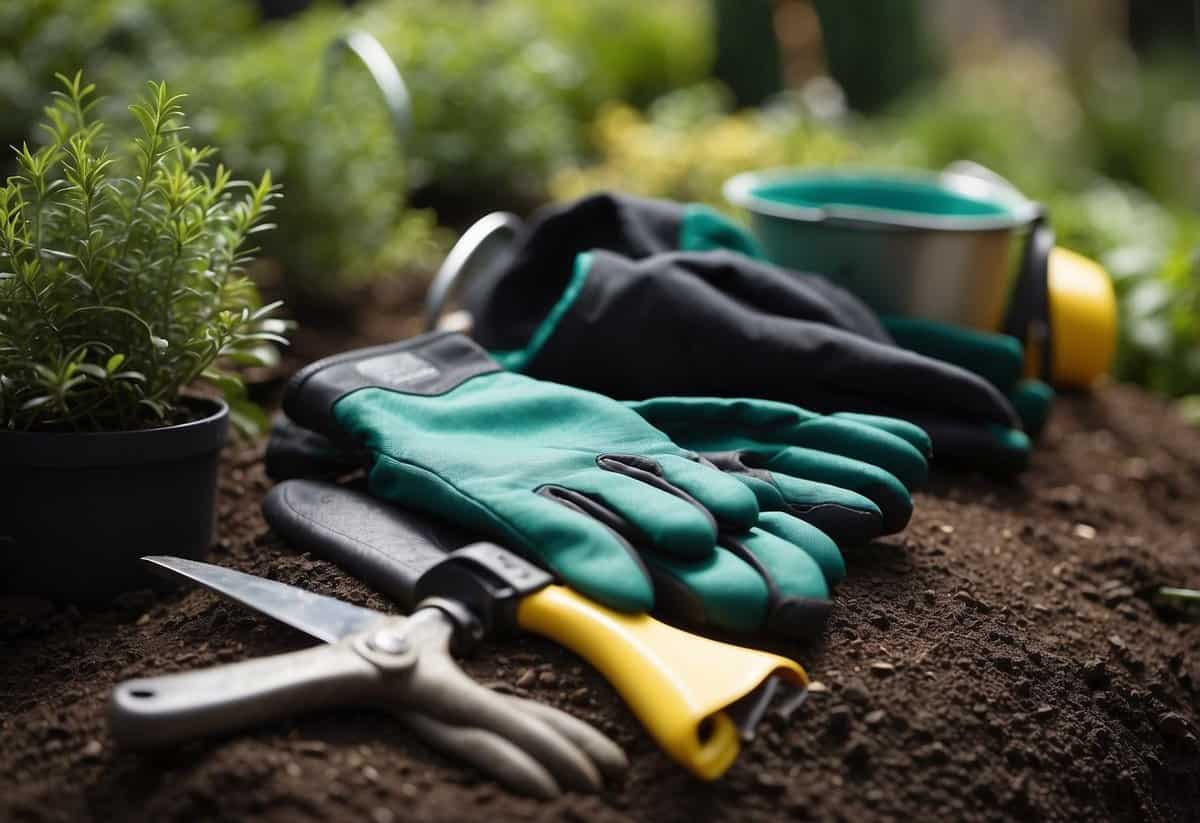
Using proper gear and adhering to safety measures can prevent injuries and enhance your gardening experience. Taking these steps ensures you can enjoy gardening without unnecessary risks.
Professional Gear and Clothing
Wearing the right gear is vital for protecting yourself. Start with gloves. Gardening gloves protect your hands from cuts, blisters, and thorns. Options like nitrile gloves offer excellent grip and durability.
Long-sleeved shirts and long pants provide an extra layer between your skin and sharp tools or plants. They also shield you from the sun’s harmful rays.
Closed-toed shoes are essential. They safeguard your feet from heavy tools or spiky plants. Safety glasses protect against dust and debris that could damage your eyes.
Don’t forget sunscreen. Apply it to all exposed skin to reduce the risk of sunburn and long-term skin damage. Keeping yourself protected allows you to garden more comfortably and confidently.
Ensuring a Safe Gardening Experience
It’s important to use tools correctly to prevent accidents. Always inspect your tools before use. Look for any signs of damage or wear and fix them before starting.
Disinfecting tools helps prevent the spread of plant diseases. If you share tools, disinfect them before and after use, particularly wooden-handled ones, which you can spray with a bleach solution.
Handling garden chemicals can be hazardous. Wear PPE like gloves and safety glasses, and read all labels carefully. Store these substances in a safe place, out of reach of children and pets.
Taking these steps helps ensure that your gardening activities are both safe and enjoyable. By following these guidelines and using the right gear, you are protecting yourself and making your gardening tasks more efficient and pleasant.
Garden Design and Aesthetics
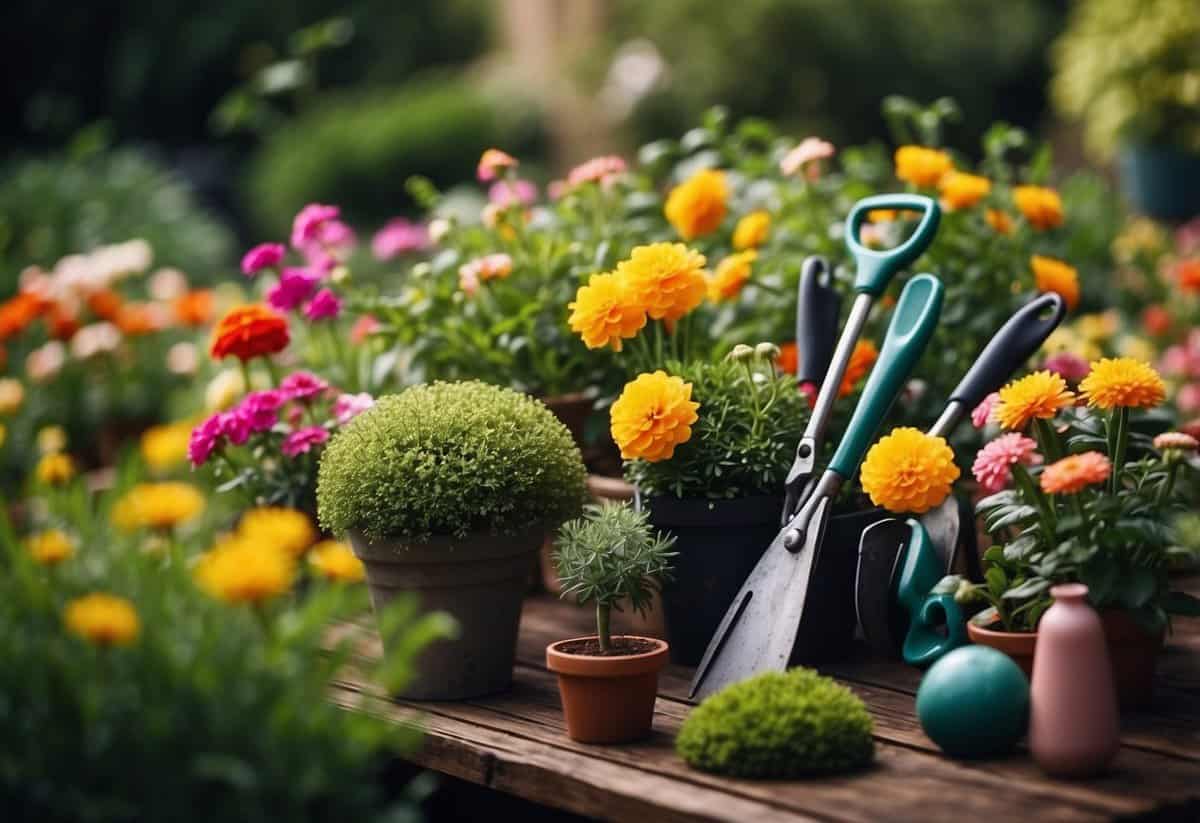
To create a beautiful garden, focus on arranging your plants thoughtfully and accessorizing with well-chosen lighting and decor. These choices can transform your garden into a stunning and welcoming space.
Landscaping and Plant Arrangement
When it comes to landscaping, start by considering the layout of your garden. Group your plants by their needs and aesthetics. Placing taller plants in the back and shorter ones in the front creates depth and layers.
Use flower beds and hedges to define spaces and paths. Hedges can act as natural boundaries, while flower beds add color and texture. Mixing vegetables and flowers in your garden can provide both beauty and function. Keep in mind the growth habits of each plant to avoid overcrowding.
Proportion, order, and variety are key principles. Ensure that different shapes, sizes, and colors create a balanced look. Always choose plants that thrive in your region to make maintenance easier.
Accessorizing with Garden Lighting and Decor
Garden lighting transforms your green space into a cozy retreat after dark. Use solar-powered lights along pathways for an eco-friendly option. Highlight unique plants or features with spotlights to create focal points. Hanging string lights can add a whimsical touch to patios or seating areas.
Garden decor, such as sculptures, fountains, or birdbaths, can enhance the aesthetic appeal of your garden. Terracotta pots and tiled pathways add a Mediterranean feel, while rustic wooden elements can create a more natural look. Remember, less is often more. Don’t overcrowd your garden with too many decorations. Instead, select a few key pieces that complement your garden’s style.







